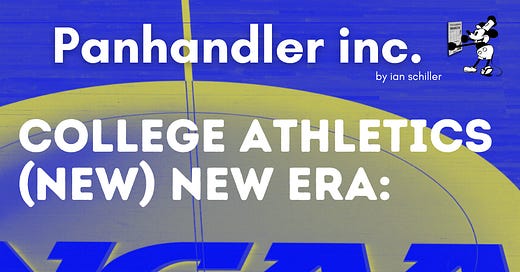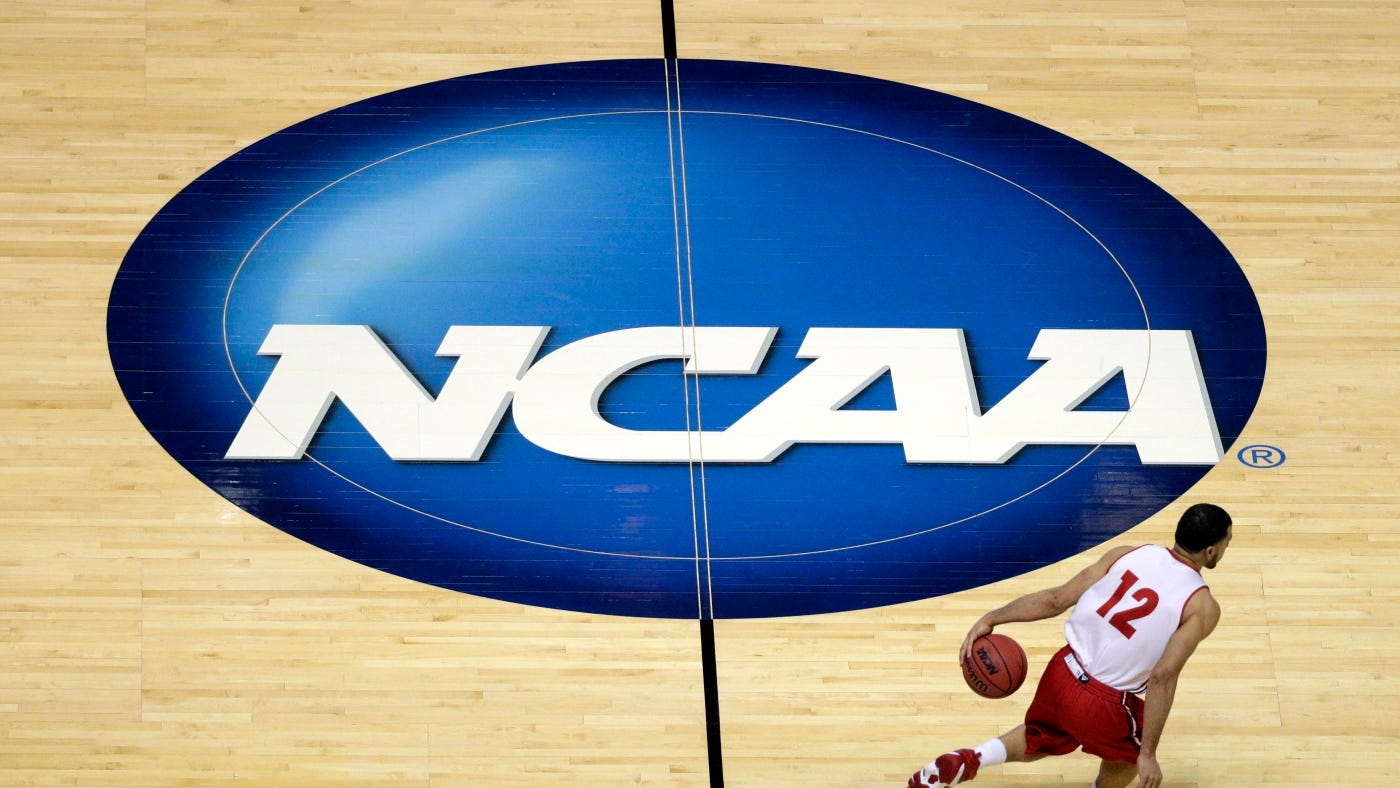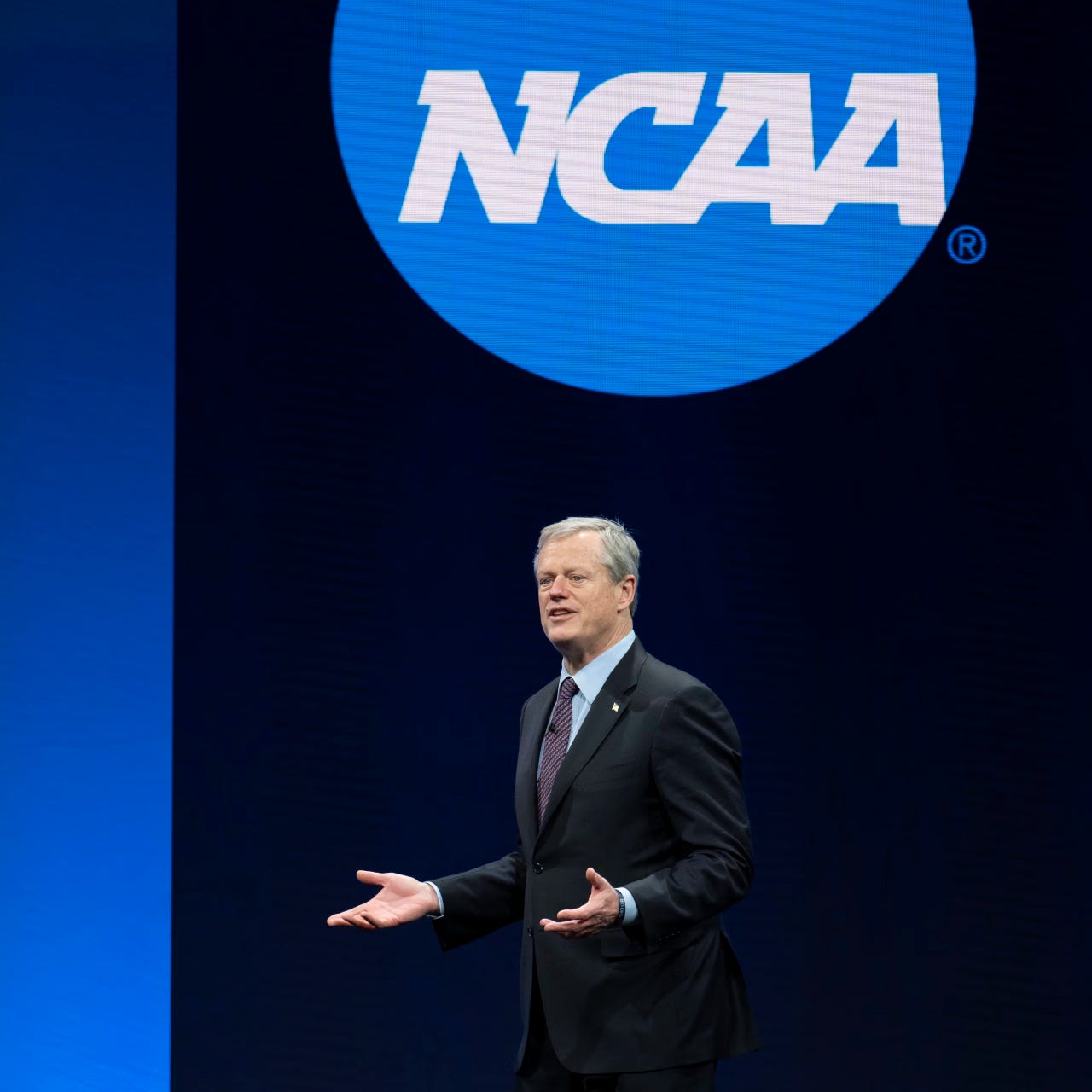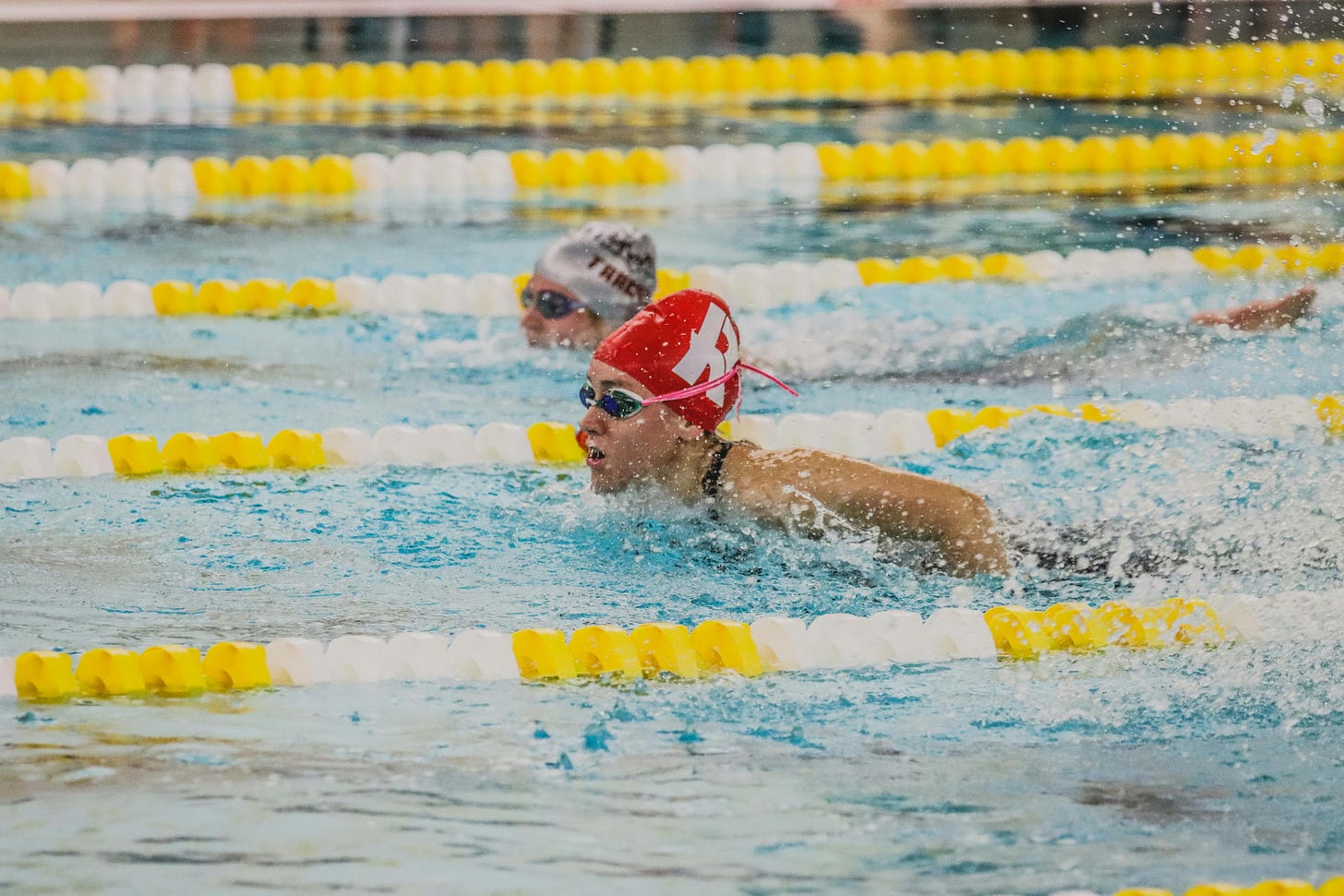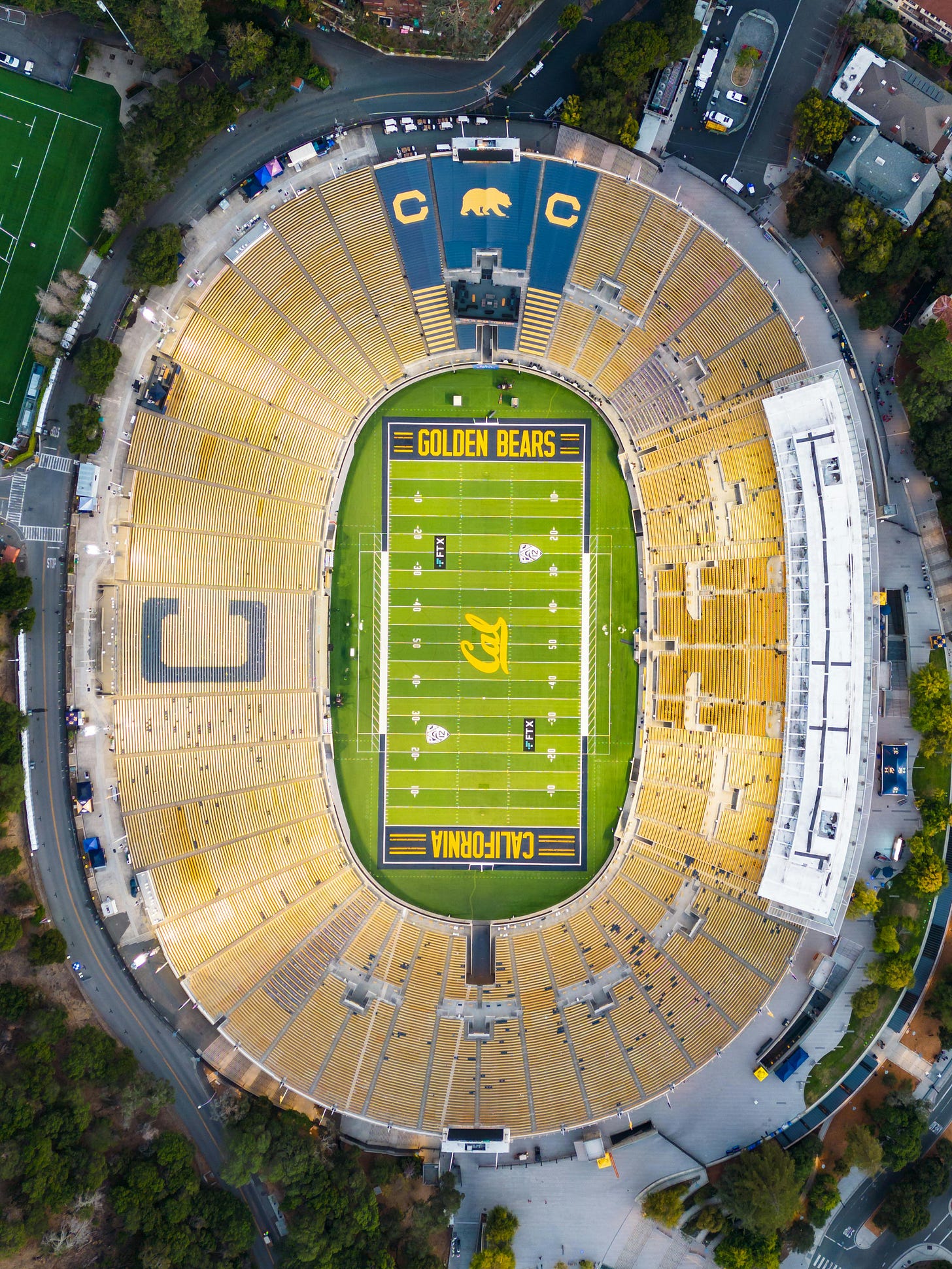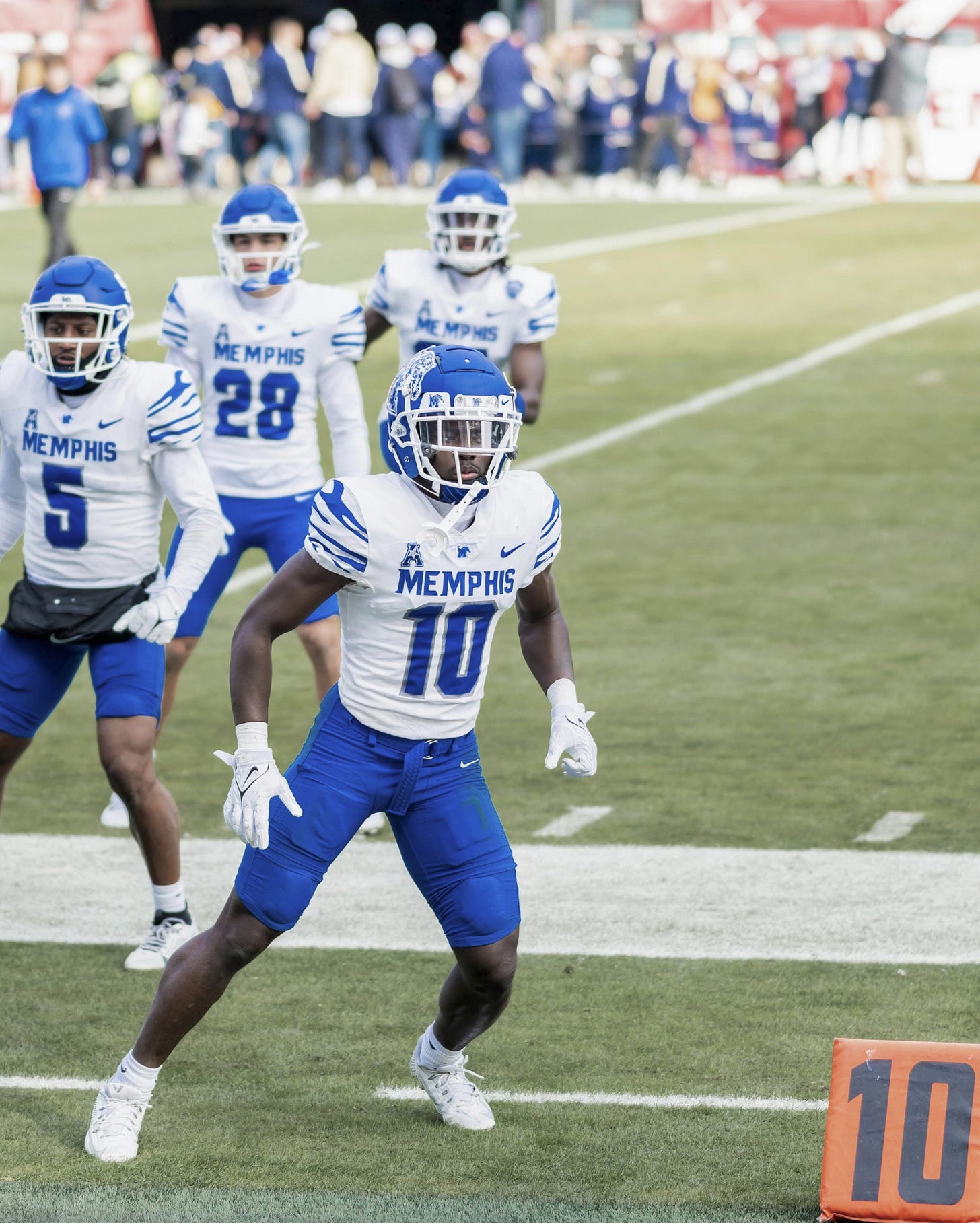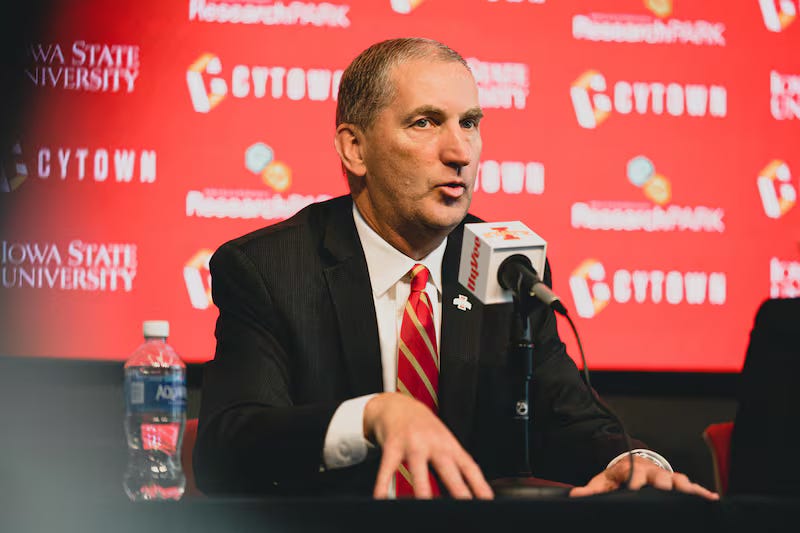What is Revenue Sharing and How Does It Work?
How the House Settlement Will Reshape Athlete Compensation and the Business of College Sports
College Athletics enters yet another landscape-changing period. On Friday, June 6th, a multibillion-dollar legal settlement was approved.
The House vs. NCAA has changed what it means to be a college athlete once again, less than 5 years after the historic Supreme Court decision that opened the NIL floodgates in 2021. This new era of revenue sharing aims to address the rapidly escalating issues that NIL has wrought.
“Approving the agreement reached by the NCAA, the defendant conferences and student-athletes in the settlement opens a pathway to begin stabilizing college sports… This new framework that enables schools to provide direct financial benefits to student-athletes and establishes clear and specific rules to regulate third-party NIL agreements marks a huge step forward for college sports.”- NCAA President Charlie Baker
In true college fashion, this decision was completed with little time to spare. In less than a month, the new fiscal year will begin for schools, and athletes will start receiving their checks starting July 1st.
“I tell our coaches and our students, ‘The three most significant events in the history of college athletics are, first, the NCAA's foundation [1905], second, the adoption of Title IX [1972] and all the opportunities that were created because of it, and, third, the House settlement,’” - Greg Byrne, University of Alabama Athletic Director.
How is College Athletics Changing
So, what is happening now that this decision has been handed down?
Colleges will be able to pay their athletes directly.
Each school will have approximately $20.5 million to distribute to athletes in the 2025-26 academic year. This figure will increase year to year, much like the cap in the NBA or NFL.
Not every school will be able to distribute the full amount since all funds come directly from the athletic department.
These payments are in addition to the scholarships and benefits athletes already receive from the school.
Schools DO NOT have to pay the full allotment or even opt into the revenue-sharing agreement.
Scholarship limits OUT, roster limits IN: The NCAA had limits on how many players per team could receive scholarships (for example, 85 in football, 13 in men’s basketball, etc.). The new rule: Those scholarship limits are gone, but, in theory, schools can give scholarships to everyone on the team. But, there's a catch. The new rule also puts a cap on the total number of players allowed on a team roster. For example, if a baseball team used to carry 35 players, but the new cap is 30, they can only give scholarships to 30 players, because that’s the new roster limit.
So, even though teams could offer more scholarships under the new system, the new roster caps are lower than how big teams usually are now. So instead of adding more scholarships, teams will likely shrink.
Schools hope that this decision will provide much-needed guardrails to the marketplace of college athletics that was brought on by the 2021 NIL decision. This ruling enforces a stricter model with regulations and hard caps. School booster clubs have previously acted as a pseudo-athletic fund, collecting money to distribute to star athletes. However, this model led to skyrocketing figures being paid to athletes and led to the proliferation of the transfer portal as a “free agency” bargaining tool for athletes. The hope is that the new regulations and oversight for the schools will create a more stable and sustainable business model.
A Major Payback for Former Athletes
Part of the court’s decision is to provide former athletes with $2.8 billion in backpay. Athletes who played between June 15, 2016, through September 15, 2024, are eligible for NIL backpay. This amount will be repaid over a period of 10 years. A formula that determines a player’s value and worth over their playing career will determine their payout in this settlement. Most of the money will be paid out to football and basketball players who were part of the Division 1, Power 4 Conferences. Men’s basketball and football players who were on scholarship and competing in the late 2010s and early 2020s could be receiving over $100,000 in this settlement over the pay period.
Athletes outside of Football and Basketball Will Not Recieve Major Payments
Athletic Directors will have to decide how they approach allocation for the many sports that play for their schools. For programs with more athletes, there are more mouths to feed. Giving a pay bump to one program may mean cuts to others. Ohio State has 33 different varsity teams, Stanford has 36, and the University of Tennessee has 20. Maintaining the monetary homeostasis is a major new responsibility entrusted to school athletic directors.
Initial estimates project that most programs will spend 75% of their allocated budgets on football. Men’s and Women’s basketball will usually get somewhere between 10-15%, while every other athletic team will be given the 5% left over.
Other Important Considerations
Each school is allowed to spend the allocated $20.5 million in new payments to its athletes, but they do not have to. In fact, schools could opt out of revenue sharing altogether. The entire Ivy League conference has already opted out, and other schools have until June 15th to decide if they will participate.
The new rules do not eliminate the existing NIL marketplace, but they do change how it is operated. The settlement has established new rules and created the College Sports Commission (CSC) to police NIL transactions. The CSC will audit every NIL transaction over $600 to ensure deals are in compliance and are “fair market value”. Those deals will be reported through a clearinghouse operated by consulting firm Deloitte, who will decide whether deals are within “a reasonable range of compensation based on multiple factors, including but not limited to, the deal’s performance obligations, the student-athlete’s athletic performance and social media reach, the local market and the market reach of his or her institution and program.”
According to reporting from The Athletic, a power conference personnel director said, “The top (football) teams are going to cost $40-50 million a year. That’s where this is going. Anyone who thinks different is nuts.”
This new ruling will lead to belt-tightening from schools. Iowa State Athletic Director Jamie Pollard explained how “non-premier” programs will have to deal with the new decision, “Iowa State does not have that (additional) $20 million, but if we don’t pay it for this coming year, we have big problems, right? So we’re going to pay it,” said Pollard. “Would you pay a bigger fee (as a student) … to go to school here so that a member of our men’s basketball team could get paid $1.5 million in addition to their scholarship, their room and board, and all the services they get for being a student on campus? That’s the fundamental question we’re going to have to ask ourselves. Because if we don’t do that, then what we’re saying is that we’re not going to have the athletics program that we’re having.”
What effect will this have on the haves and have-nots in regards to athletic spending? If a 30,000-student state institution in a power 4 conference like Iowa State is expressing that they will struggle to meet their athletic funding gaps with revenue sharing, it is unlikely that a majority of D1 colleges will be able to reach that $20.5 million spending cap. Not without major changes to other funding sources, such as increasing student tuition or program cuts.
There are likely to be more legal challenges and changes to come that will continue for the NCAA, but for now, the new landscape is solidified. Ready or not, the new era of college athletics is upon us, ushering out the wild west NIL landscape we have grown accustomed to over the last 5 years.
The (New) New Era of College Athletics is Upon Us
Subscribe to Panhandler Inc. to receive continued coverage on sports and culture topics from around the country


